“It is not with my brain, not with my eyes, not with my hands that I want to be creative, but with my heart and with my blood.”
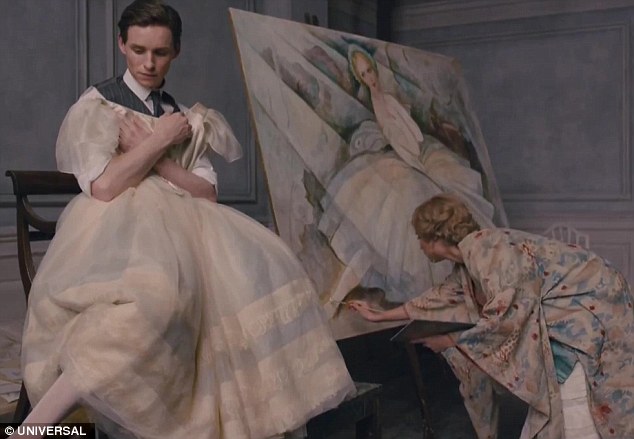
Lili Elbe, the first person to successfully undergo gender assignment surgery, and the subject of the new film The Danish Girl, was born Einar Wegener on December 28, 1882 in Denmark. Einar married fellow artist Gerda Gottlieb, and the two launched successful careers, with Einar painting landscapes, and Gerda painting portraits for popular magazines such as Vogue and La Vie Parisienne. Though critics and historians are consumed to this day with which of the two was the “better” artist, it’s very clear that they both helped each other to become better artists, as well as better human beings.
In fact, it was Gerda who championed Einar’s transition into Lili sometime before 1912. As captured in The Danish Girl, it was while modeling for Gerda (after the model she had hired cancelled their appointment) that Einar realized how much more comfortable he felt in women’s clothing. By 1912, the couple had moved to Paris where Einar was far more free to live as Lili. Gerda also found considerable inspiration from Lili, painting a number of portraits of her and inspired by her, that won her lasting fame and notoriety.
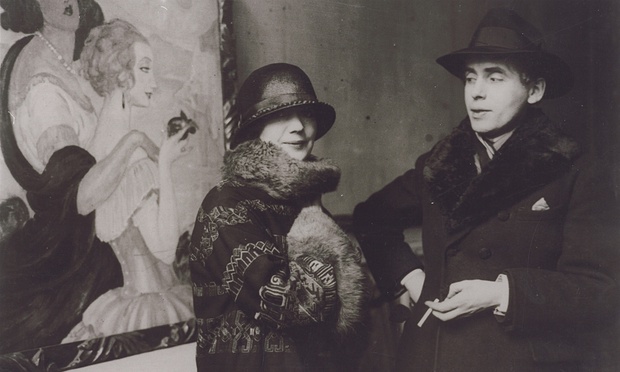
However, as the years passed, Einar was growing more and more despondent, feeling thoroughly torn between the two lives he was living, lamenting, “I am finished. Lili has known this for a long time. That’s how matters stand. And consequently she rebels more vigorously every day.” Doctors were unable to help, as there simply was no proper language at the time to describe how it felt to be a person trapped in the wrong body and forced to live a charade every single day. They diagnosed schizophrenia, hysteria, and any number of other psychological disorders, offering rudimentary cures that often did more harm than good in an attempt to render a “cure”. But, as Einer explained, “I said to myself that as my case has never been known in the history of the medical art, it simply did not exist, it simply could not exist.”
Thankfully, however, Einar found Magnus Hirschfeld, a German physician, as well as the founder of the the world’s first gay rights organization, known as the World League for Sexual Reform. It was a result of Hirschfeld’s medical theories, and the talents of Doctor Kurt Warnekros (and the support of Gerda) that Einar was able to physically transform, physically, into Lili. Very little information is known about these surgeries, since all of Hirschfeld’s publications and notes were destroyed by the Nazis, but we do know that the first two surgeries were successful, making Lili the first person to undergo sexual reassignment surgery.
Though the third and final surgery would prove ultimately fatal for Lili, she still rejoiced in the fourteen months in which she was fully allowed to be herself. “That I, Lili, am vital and have a right to life I have proved by living for 14 months,” she wrote, knowing that she would not survive. “It may be said that 14 months is not much, but they seem to me like a whole and happy human life.”
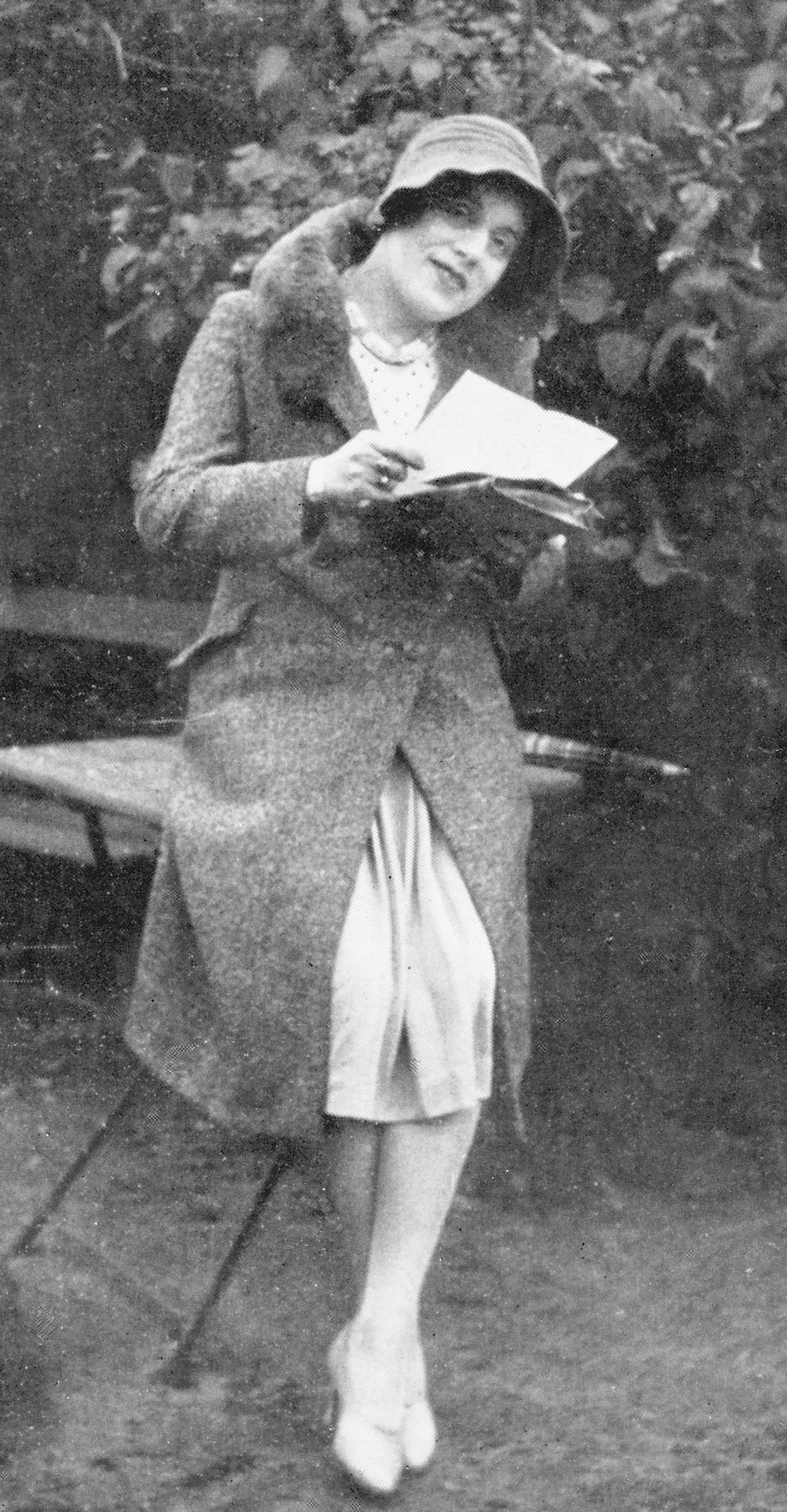
 Though the current film starring Eddie Redmayne as Lili and Alicia Vikander as Gerda is partially based on facts, the title and inspiration were taken from David Ebershoff’s novel The Danish Girl, which used Lili Elbe’s life only as inspiration for a fictional story (Gerda appears nowhere in the novel; instead, the main character is married to an American, in an attempt to attract a wider audience). This does raise some problems for those looking for the facts in the matter, but what arises, both in the (stunning) film and Ebershoff’s book, is the fierce, enduring, and transformative love that existed between Lili and Gerda throughout both of their lives. This love gave both of them the courage to be the people they wanted to be, and endures both in Lili’s writings and Gerda’s portraits, which show us the soul of the person that was Lili Elbe.
Though the current film starring Eddie Redmayne as Lili and Alicia Vikander as Gerda is partially based on facts, the title and inspiration were taken from David Ebershoff’s novel The Danish Girl, which used Lili Elbe’s life only as inspiration for a fictional story (Gerda appears nowhere in the novel; instead, the main character is married to an American, in an attempt to attract a wider audience). This does raise some problems for those looking for the facts in the matter, but what arises, both in the (stunning) film and Ebershoff’s book, is the fierce, enduring, and transformative love that existed between Lili and Gerda throughout both of their lives. This love gave both of them the courage to be the people they wanted to be, and endures both in Lili’s writings and Gerda’s portraits, which show us the soul of the person that was Lili Elbe.
For those looking for some more information on this film, and the themes within it, here are a few ideas. First and foremost, of course, is Ebershoff’s The Danish Girl. In addition, check out:
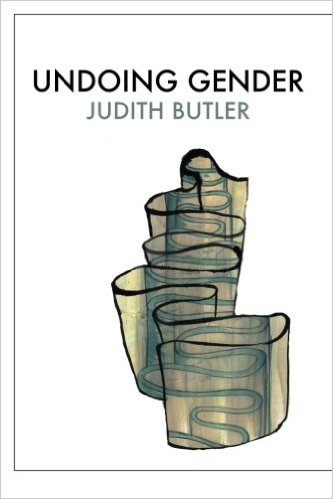 Undoing Gender: Judith Butler’s work is not always easy to understand, but her philosophy of gender, and her ability to cut through our collective cultural inhibitions, is remarkable. Butler’s career was built on her theories that gender is not something with which we are born, but something that we develop, based on the culture in which we live, and the person that we become. This book, however, deals more with how gender affects our lives and relationships. Her first chapter, which discusses what makes a “grieveable life” is one of the most poignant and frank discussions about love, humanity, and loss that you can hope to read, and provides a terrific counterpoint to The Danish Girl.
Undoing Gender: Judith Butler’s work is not always easy to understand, but her philosophy of gender, and her ability to cut through our collective cultural inhibitions, is remarkable. Butler’s career was built on her theories that gender is not something with which we are born, but something that we develop, based on the culture in which we live, and the person that we become. This book, however, deals more with how gender affects our lives and relationships. Her first chapter, which discusses what makes a “grieveable life” is one of the most poignant and frank discussions about love, humanity, and loss that you can hope to read, and provides a terrific counterpoint to The Danish Girl.
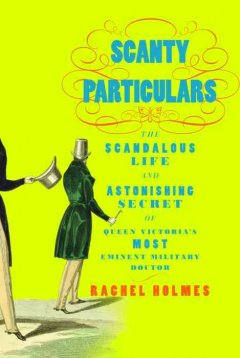 Scanty Particulars: Though Lili Elbe was a pioneer in many ways, there were others before her who flaunted convention and experimented with gender expressions in their lives. Rachel Holmes’ biography deals with one remarkable and still mysterious case–that of Sir James Barry, one of Queen Victoria’s most well-respected military doctors. Throughout his career, Barry insisted on the rights of women, natives, and the poor, fearlessly causing scandal in every colony in which he was stationed. He also performed the first successful cesarean section in British medical history. It was only after Barry died that it was reveal that Barry was actually a woman. Though Holmes makes a number of liberties in her history, and leaps to some thoroughly unfounded conclusions, this is still an incredible story about a person who fearlessly flaunted convention in a lifelong desire to do the most good possible, and died penniless and alone as a result.
Scanty Particulars: Though Lili Elbe was a pioneer in many ways, there were others before her who flaunted convention and experimented with gender expressions in their lives. Rachel Holmes’ biography deals with one remarkable and still mysterious case–that of Sir James Barry, one of Queen Victoria’s most well-respected military doctors. Throughout his career, Barry insisted on the rights of women, natives, and the poor, fearlessly causing scandal in every colony in which he was stationed. He also performed the first successful cesarean section in British medical history. It was only after Barry died that it was reveal that Barry was actually a woman. Though Holmes makes a number of liberties in her history, and leaps to some thoroughly unfounded conclusions, this is still an incredible story about a person who fearlessly flaunted convention in a lifelong desire to do the most good possible, and died penniless and alone as a result.
